An Exclusive Interview With AHMAD KHATIRI
BY JOSÉ JEULAND
– Devastating Floods –
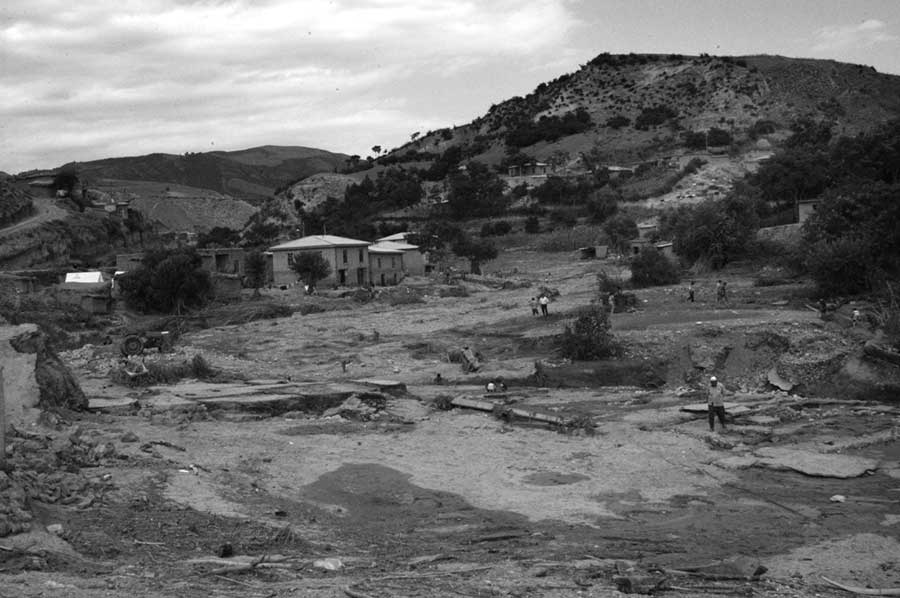
Ahmad Khatiri © All Rights Reserved.
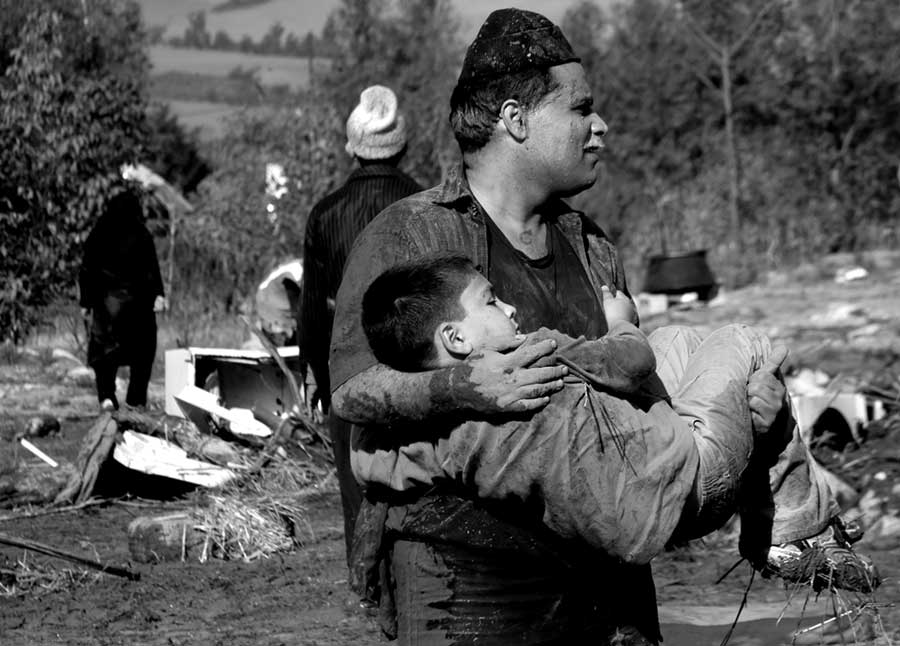
Ahmad Khatiri © All Rights Reserved.
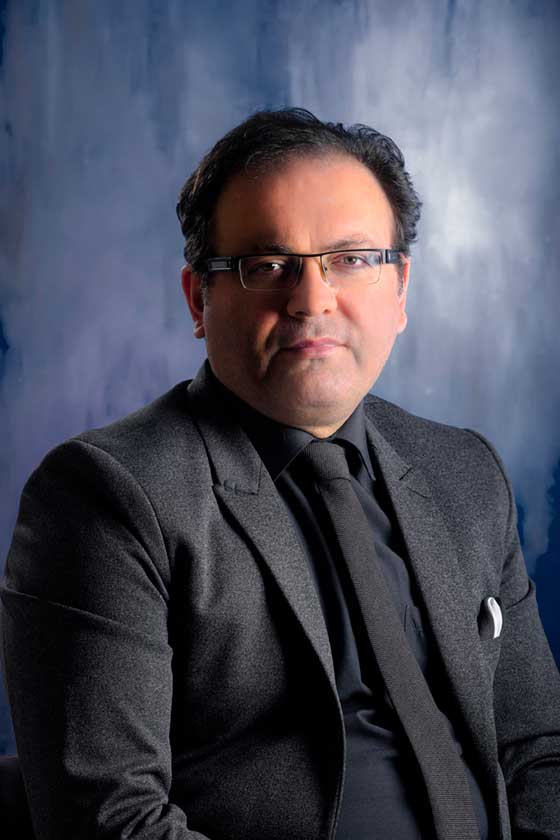
AHMAD KHATIRI, Born in 1978, in Kordkoy, Golestan, IRAN.
A member of the International Federation of Photographic World (Fiap) & ARTIST FIAP (A.F.I.A.P.)
KHATIRI received his B.A. in Graphic Design (Visual Communication) and in his early years, he graduated in photography and film making from Iran Youth Cinema Association. He became a Lecturer at Azad University, Tehran, and he is also the Founder and CEO of the Center for Communications advertising.
KHATIRI has received a certification of photojournalism photography from World Press Photo of the Netherlands and a certification of Documentary Film making from wasting Woods Mumbai University-India. In this Interview we focus on two series; the “Devastating Floods” features the 2006 floods in Golestan province, in the north of Iran, that brought great pain and sorrow, and the “Fishermen” series, which focus on the “Pareh” fishermen in the Golestan province in the north of Iran.
José Jeuland: Hello Ahmad, Can you tell our readers your background? How did you start photography, and when?
Ahmad Khatiri: Thank you José, It’s a pleasure having this interview.
In 1988 and 1989, when I was 11 and 12 years old, my interest in photography started. Back then, my older brother, Mohammed, was learning photography and photographing, and that inspired me to start photography. At about the same time in 1990 in school, one of my best teachers, Mr. Zabihi, made me more enthusiastic about art, so I decided to go to the school of art.
In 1992 when I was studying at the school of art, I enrolled in a one-year course in photography and filmmaking at the Iranian Young Cinema Society. That’s when my professional life of photography began. In the Cinema Society, I met two of my best teachers, Masoud Emami and Hossein-Ali Qurbani Afkhami, who, during these years, became my best friends.
Seifollah Samadian was another valuable teacher who made me even more eager for photography. He was working as a photographer behind the scenes of “The Clouds and The Sun” movie (directed by Mahmud Calari) about 20 years ago. One night while the production staff was resting, at the hotel lobby, he looked at some of the photography series I’d made, which made him unbelievably excited and joyful.
“Don’t give up photographing son, even if you won’t have money to buy food. Borrow money if you must, but never give up… I believe one day, you will make it…” He said.
J. J.: You are the director and owner of the Center of communications and advertising. Your professional activity is mainly about communication and advertising? Do you consider yourself more a graphic designer or a photographer? Or are you both?
H. K.: I’m educated in both graphics and photography, and I feel so happy about that. Photography gives me points of view which are useful in graphics and advertising and vice versa. Moreover, my office is also
a communication and advertising Agency.
As a person with 25 years of experience in communication and advertising, I always introduce myself as a photographer and graphic designer who’s also a consult and performer in branding, advertising, and communication.
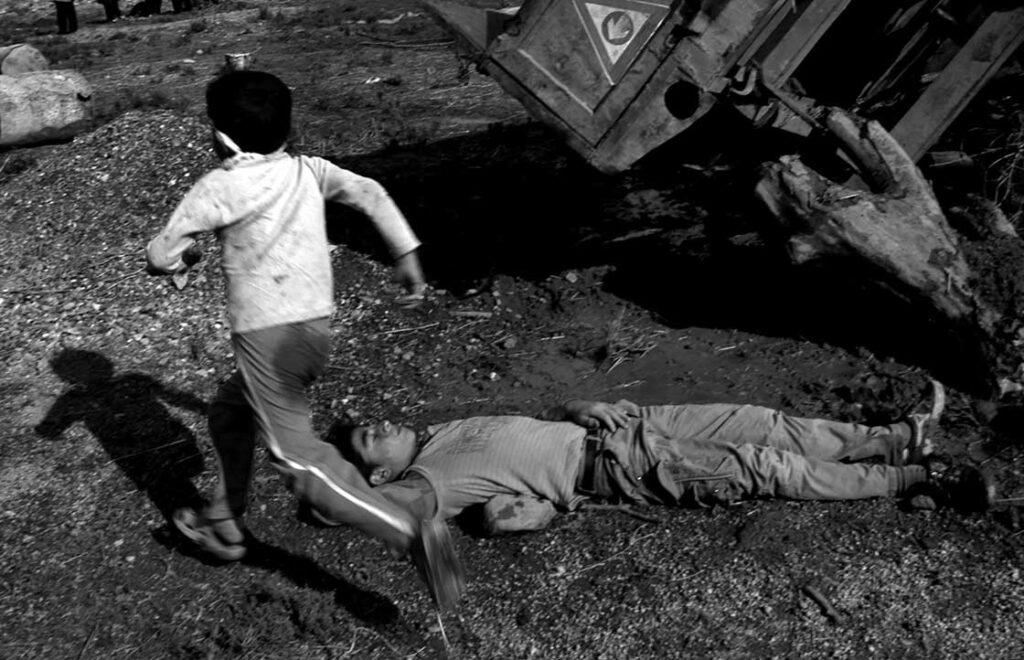
Ahmad Khatiri © All Rights Reserved.
J. J.: Before going through your photography series in the Magazine – How is the photography business in Iran, and do you do corporate and commercial photography?
H. K.: Professional photography is of high value in Iran. It has offered Iranian and Eastern professionals high-quality sights and has introduced significant national and international individuals to the world. However, there are some obvious cases of unsupportiveness, materially, and spiritually. In the early days of my agency, I did corporate and even commercial photography; however, I’m more concentrated on and passionate about social documenting photography, although I do corporate and commercial for essential customers.
J. J.: Culturally, in Iran, people have an interest in photography? Are there plenty lot of photographers?
H. K.: Yes, extremely interested. For example, about 100 years ago, when the art of photography was just born, King Naser-O-Din, who was the king of Iran those days, became a big fan of the art as he knew about it, so that learned photography. He did photography and film development on his own. Since then, Iranian people have been more and more interested in photography due to their artistic Nature. Millions of unique photographs documenting historical, social, natural, and cultural events and phenomena of Iran have been taken.
And nowadays, professional photographers do photography with high-tech cameras, and many people take pictures of themselves, their families, social issues, Nature, and so on with their cellphones. “Devastating Floods”
J. J.: When does this devastating situation happen? Was it a one time case, or it frequently happened in Iran?
H. K.: It happened where we were visiting relatives on some regular Monday night. There was an intense and hard rainstorm broke out that same night. Several trees were toppled, and the city floods and runoff in many areas of the Gorgan Province in northern Iran. Electricity was cut off, and all the people traveling to the city in the early morning hours were discontinued.
The guests were all updated to be aware of the situation with all the concerns. Silent was in the air, people with cell phones were waiting for news. As if all were waiting for an unusual event.
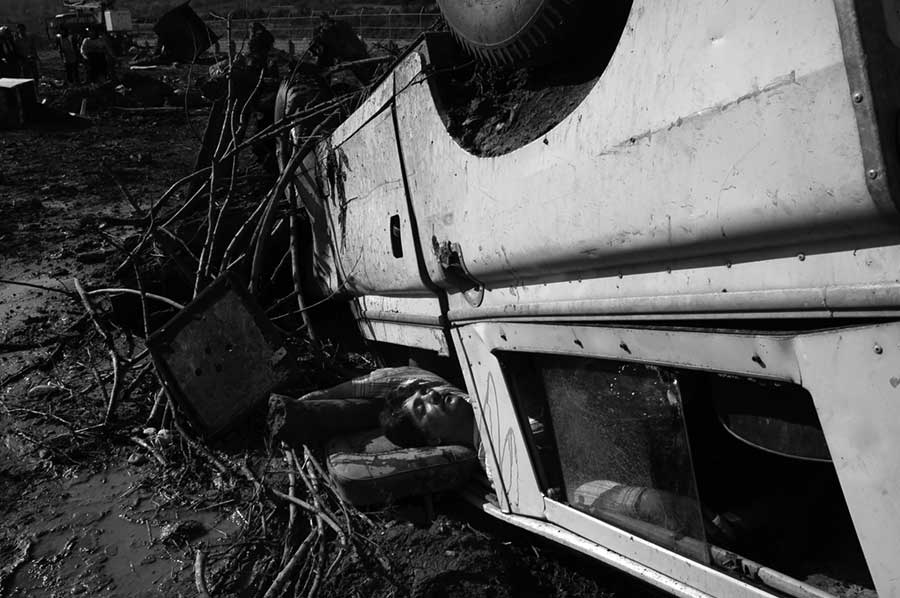
Ahmad Khatiri © All Rights Reserved.
J. J.: What were the consequences for the population and the landscape?
H. K.: It was the same specific incident that happened years back in Golestan. The rain caused a series of damages; the dam was filled with dusty plains village, broke, and flooded dozens of villages destroyed in the East of Golestan.
Besides, agricultural lands, houses, and people, floods in 2002 parts of the road to Tehran – Mashhad, which devastated the Golestan National Park passes along the road, close to the 400 passengers were killed. Nowadays, 9 years after, still, there is no road reconstruction.
Natural resources experts, environmental experts, and academics from all areas of expertise were very clear, The reduction of forests, damaging the pastures in the north, and the destruction of forests upstream destroyed the quality of life for many citizens and caused this disaster. Beneficiary companies and the forestry projects came from the heart of the rainforest region And cut the rarest and most valuable trees in the area, Nature converted into money. After months of floods, every year, in July, August, and September, sometimes in October-November, the same situation repeats.
Although its effect is much smaller than the flood over then, much higher anxiety and apprehension and fears, it is more striking.
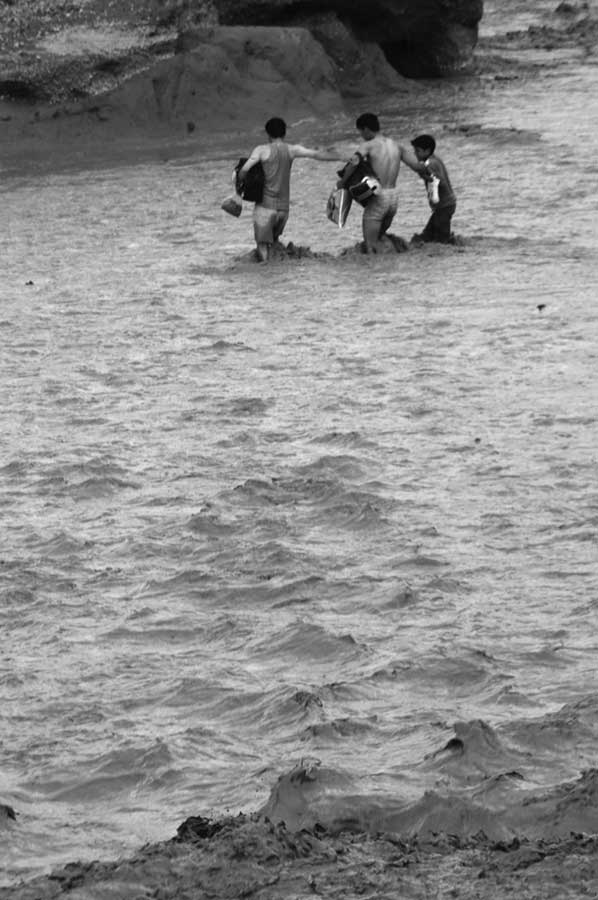
J. J.: Do you live far from the area? How did you photograph it? (Were you there specially to document the problematic situation?
H. K.: Yes, I was 3 to 4 hours far from the project location, and I reached there as soon as possible. You know, disasters like that are unpleasant or even horrible, although I managed to keep calm and just focused on photographing.
J. J.: How did the local or Iranians react when they saw your photographs?
H. K.: My photographs let people all over the country and some other countries know about the disaster. Soon after that, humanitarian aid delivery started. Moreover, volunteers from organizations like Red Crescent, Red Cross, and others came over there for help.
J. J.: How many days did you take to photograph the situation?
H. K.: The first year the flood happened, it took me a week to finish my photography series, but in the next years, I shot for only one or two days.
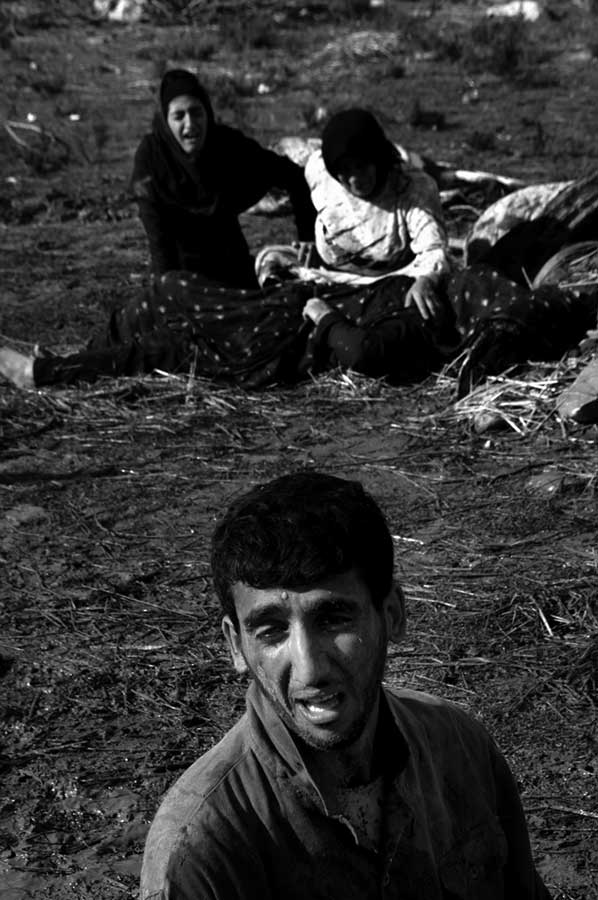
Ahmad Khatiri © All Rights Reserved.
J. J.: What was the toughest thing for you to view or witness?
H. K.: I’ve evidenced several heartbreaking situations. Most of the bridges over rivers collapsed. One day I saw three young people helping cross a roaring river while they were crying. I asked them why they were putting themselves in such a danger and then realized they were soldiers, and they had to cross the river to go to their village so that they could hopefully find their families. The photograph I took of that miserable situation was later published on the front page of Iran’s most popular Eastern newspapers. “Fishermen”
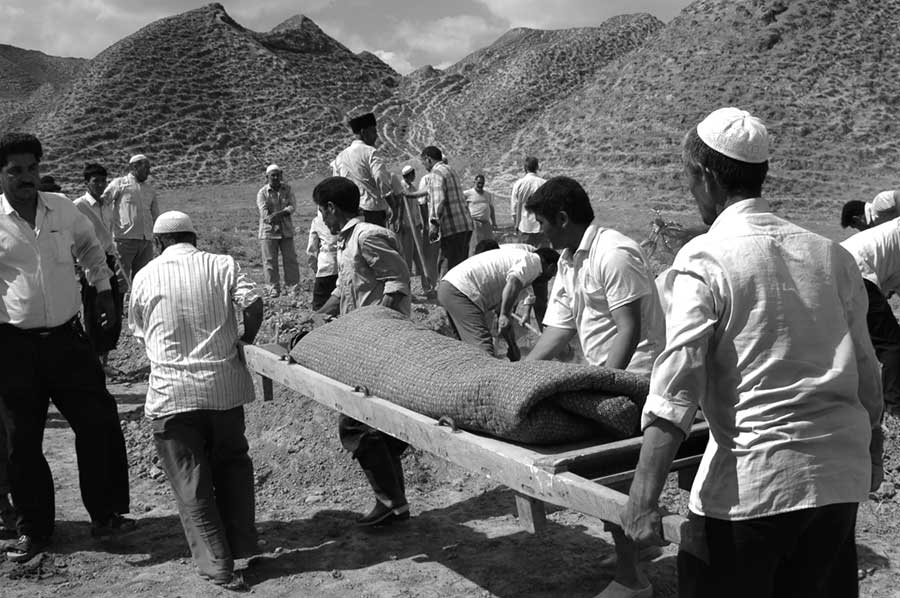
Ahmad Khatiri © All Rights Reserved.
J. J.: How long did it take you to do the reportage?
H. K.: I selected that topic as a project for the World Press Photo course in the Netherlands.
I and nine others were offered the Documentary Training scholarship, having been criticized for our photos in 2007 and 2008. The whole project lasted for 3 months, including intensive courses taught by professors from World Press Photo in the Netherlands along with some German and French professors. During the first month, we were taught theoretical bases such as documentary and fiction photography, general conditions of a photo, and the way to choose a project, creating a portfolio, etc. During the second month, we practically performed a photography project based on educational principles. Finally, during the last month, 10 to 12 photos had to be selected from thousands of photos shot during the project. Then we learned how to write reports, captions, and so on.
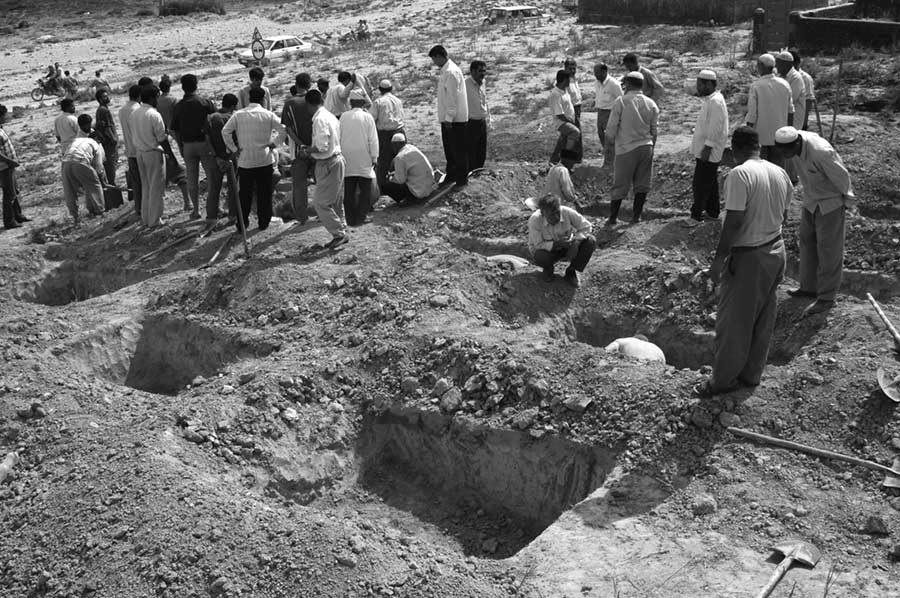
Ahmad Khatiri © All Rights Reserved.
J. J.: What is the life of a fisherman in this region? Did they live comfortably?
H. K.: Most people who live near the sea are fishermen. They grew into it, with no other profession.
They work on the sea day & night. “Pareh” fishermen is a generic name for cooperative groups, organized by 40 or 50 men who work in the sea for 10 or 15 weeks every three months. They could fish only for twelve weeks, the rest of the time is for spawning of the fishes. They use a long net of about 1000 meters in an extended area of sea. Then they pull tulle in the boat, while there are many fishes in the tulle. I chose this subject because I like the sea and the men who work there, they couldn’t see their family for days or weeks, hunting fish, for earning money.
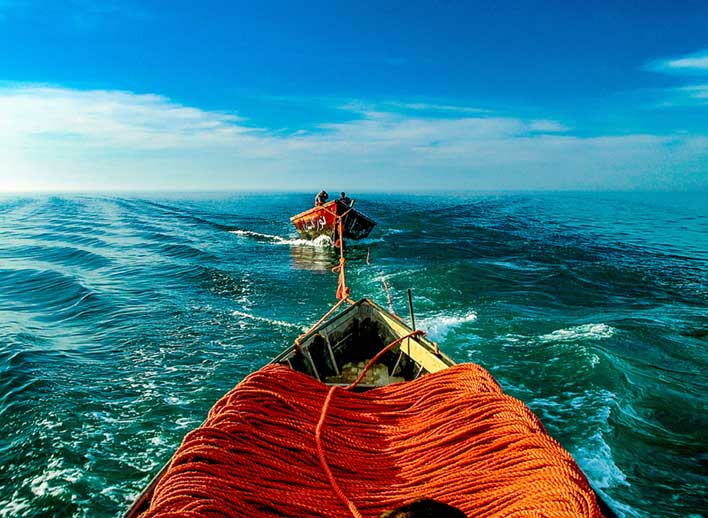
J. J.: What do they catch in the sea?
H. K.: Fishers here, mostly catch Cyprinus species and mullet.
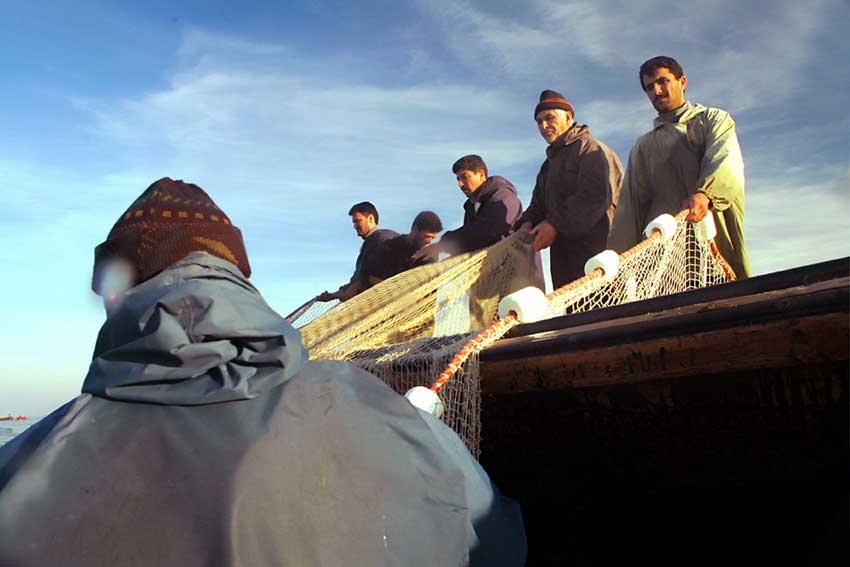
J. J.: How do you approach your photography projects?
H. K.: Each project includes 3 steps, with preproduction coming first. You can choose a topic of interest. The proposal is written with the condition, time, and location of photography being cleared, and equipment is selected.
What’s coming as the second step is production. The photographer reaches for the location of photography and starts shooting. Sometimes the original idea and the proposal might be slightly changed due to some conditions.
The final step would be post-production, during which the most suitable photos are selected as a result of frame assessment.
Finally, I create the portfolio, and the caption is written, ending up with mentioning the time and place of shooting, describing the story behind each image. Everything must be clarified.
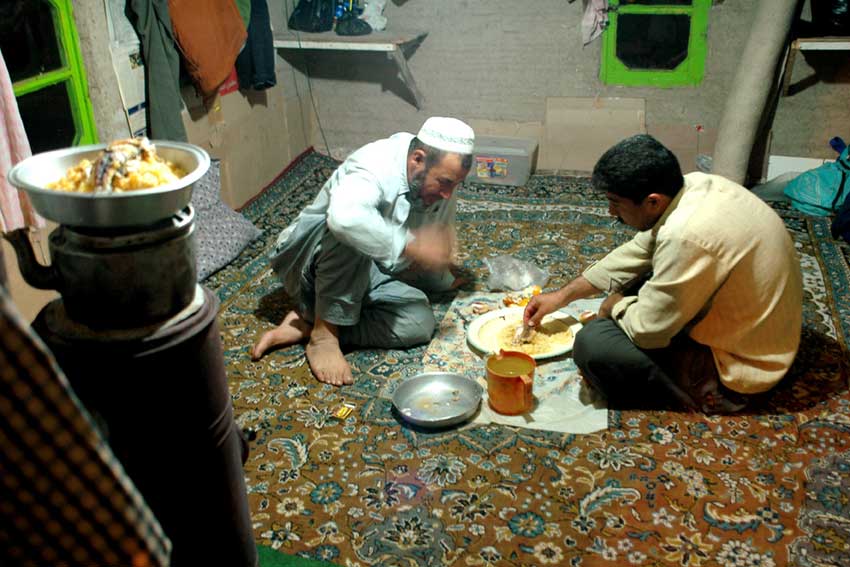
J. J.: What is your current project if you have one?
H. K.: I have no active project right now. However, there are some magnificent ones I’m thinking about. Actually, I’m looking for sponsors to start them. Additionally, I’ve written several ready to publish books related to my finished projects. I’m also looking for valuable sponsors to publish them.
J. J.: A picture tells a thousand words – what is the message that you want to share with the world?
H. K.: Undoubtedly true. By looking at a picture, you can learn about the story in more detail than reading thousands of words, because different minds interpret the word differently, while images can show you precisely what’s going on just in one look. By photography at many different places, people and cultures, I give the viewers the opportunity of seeing what they’ve never had the chance to see. In other words, I share the joy of visiting those situations with them.
By documenting what’s happening around me in Iran, I can show the world the naked truth about Iran’s people, both good things and bad things. Photography is a useful tool for correcting foreign people’s minds about us, no less, just the way we are.
J. J.: What cameras and gears do you use? Gears are essential for you?
H. K.: I started photography with analog cameras and negative films. Then, when digital cameras appear on markets, I utilized NIKON D100, NIKON D70 (with which I started documenting social photography) CANON 50D, and CANON 5D II, respectively. I use 24-70 Lenz with F2 CANON50mm CANON lens and TAMERON 150-600 TELE lens. And Benro Tripod – Canon Flash + Studio lights.
Cameras and gears are essential for professional work, but not the most important for photographers. I’ve shouted many professional and spectacular photos, such as the catastrophic flood and fishers’ projects, just with my NIKON D70 camera.
As I mentioned, equipment is important, but they’re not crucial for an excellent final result. Instead, insight, mind power, and visual literacy are indispensable to a photographer.

